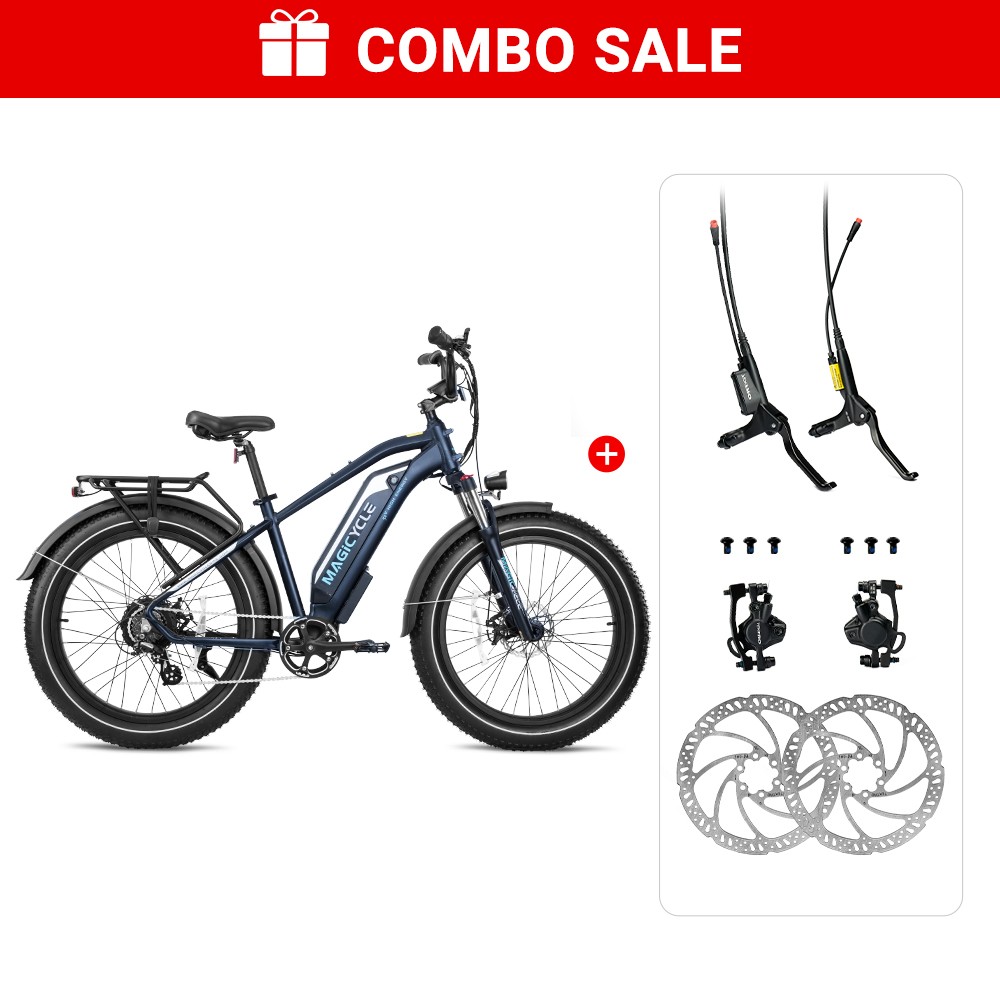Post
Combine parts of a fat bike and mountain bike into a reverse tricycle, add a battery-powered motor and what do you get?To get more news about fatest ebike, you can visit magicyclebike.com official website.
A bizarre creature with two front wheels and a fat tire in the back that can effortlessly spurt around Anchorage, smoothing out hills and adding stability over bumps, according to its creator, Jeffrey Todd Brown."I like to say it's the closest thing you'll get to a 'Star Wars' pod racer on wheels," he said.To get more news about 52V Ebike, you can visit magicyclebike.com official website.
Electric cycles can't legally be ridden on Anchorage's sidewalks, recreational trails and bike paths, according to the Anchorage municipal attorney. That includes commercially available electric bikes that, unlike Brown's unusual invention, look a lot like standard bicycles.To get more news about himiway ebike, you can visit magicyclebike.com official website.
Anchorage's municipal code isn't the only obstacle. State law treats e-bikes like motor scooters that are limited to roads and streets.
Brown, who spent two years and more than $1,000 on his invention, has thoughts of one day selling it.He said the law needs to support electric cycles that offer people new ways to commute. The electric rides might one day provide the basis for a new industry in Alaska, similar to popular fat bikes that originated here.
And Brown isn't alone. Advocates say they're as safe as traditional bikes and should be treated the same. A growing variety of electrically assisted bikes -- the motor kicks in when the pedaling starts, adding extra oomph to each stroke -- are showing up across the city.
But detractors say they present extra risk on bike paths because they're heavy and can boost speeds, increasing the potential for crashes.Cary Shiflea, founder of Alaska eBike, said e-bikes are growing in popularity in Alaska and nationally.His small business offers more than 60 electric bikes on its website, thanks to an explosion of styles from manufacturers outside Alaska.
The offerings include cargo e-bikes with strong propulsion systems, mountain e-bikes with shock absorbers that smooth rocky trails and motorized urban e-bikes with racks for groceries.Pedaling them is sort of "like being on a moving walkway" at the airport, except the motor stops when the pedaling ceases, Shiflea said on Friday, as he showed a $2,500 Surface Boar fat-tire e-bike to a reporter.
The e-bike weighed about 55 pounds, about 20 pounds higher than many standard fat bikes. But the Surface Boar looked sleek, with the rechargeable battery mounted along the frame and a large rear hub housing the motor.
The motorized help is limited to 20 mph, meeting a federal requirement.
Going that fast takes effort. On Friday, a reporter on a flat street pedaled aggressively but couldn't exceed 19 mph on the digital monitor. As soon as the pedaling stopped, so did the electric help. The motor was set to its strongest level -- it can be hand-adjusted while riding. The e-bike gained speed more quickly than a traditional bike, but it also stopped quickly with disc brakes.About three-quarters of his customers have been the elderly or people battling health issues, including former cyclists with bad knees or hips, he said. Some younger folks have purchased e-bikes as well, choosing them instead of cars to eliminate gas, insurance and other expenses.
The library had checked with three municipal departments, including the Anchorage Police Department, to make sure the e-bike presented no legal complications. The library was told the e-bike could legally be operated anywhere a normal bike could, as long as it wasn't used at fast speeds, said Sarah Preskitt, a librarian.

komentarze

Opis

Kategorie

Tagi









